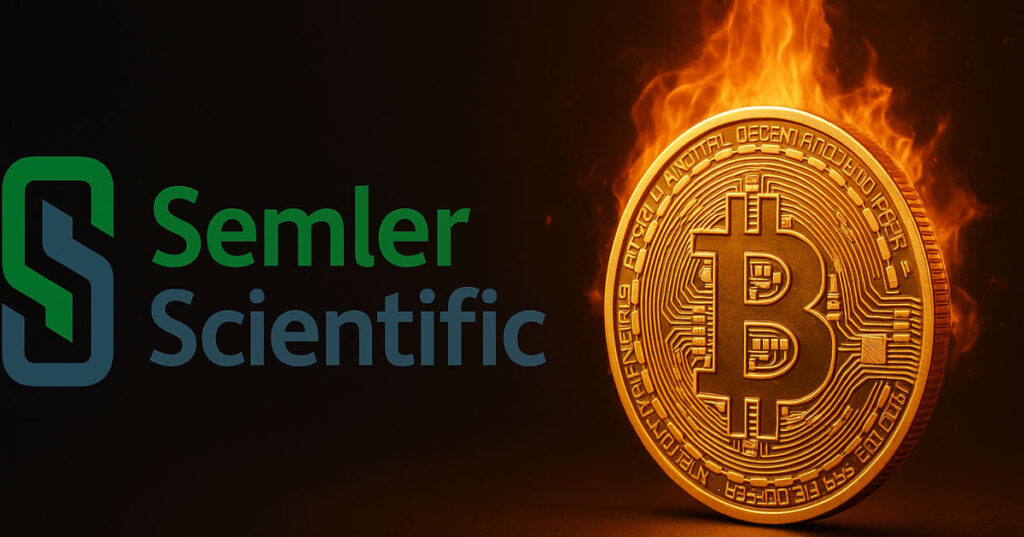
Semler Scientific has purchased an additional 187 Bitcoin for approximately $20 million, according to a new SEC filing. The acquisition brings the firm’s total Bitcoin holdings to 4,636 BTC, worth about $502 million at current market prices.
The company disclosed the purchases were made between June 4 and July 2 at an average price of $106,906 per BTC. The buy was funded through proceeds raised via Semler’s ongoing at-the-market (ATM) stock program.
In April, the healthcare technology firm entered into an agreement with Barclays Capital, Cantor Fitzgerald, Canaccord Genuity, Needham & Company, Craig-Hallum Capital Group, and Lake Street Capital Markets to sell up to $500 million of its common stock. As of July 2, Semler has raised $156.6 million from the sale of over 4.1 million shares.
These purchases follow the firm’s growing commitment to Bitcoin. Semler adopted Bitcoin as its primary treasury reserve asset in May 2024 and has since executed a multi-year accumulation strategy. The company now ranks 15th among public companies in total BTC holdings, according to The Block’s corporate dashboard.
Semler has bought 4,636 BTC at an average price of $92,753 per coin, spending roughly $430 million including fees. That translates into an unrealized gain of around $72 million. The company uses a proprietary KPI called “BTC Yield” to track value creation from Bitcoin relative to shareholder dilution. Semler reports a year-to-date BTC Yield of 29%, up from 26.7% the previous month.
The latest acquisition also comes amid an ongoing leadership push behind the strategy. In June, Semler appointed Joe Burnett as Director of Bitcoin Strategy to lead its aggressive accumulation plan. Burnett, a well-known figure in Bitcoin circles, previously held positions at Unchained and Blockware Solutions.
“We are witnessing the global monetization of Bitcoin as a superior form of money,” Burnett said at the time. “The trend to adopt Bitcoin as part of corporate treasury is clearly accelerating.”
Semler aims to hold 10,000 BTC by the end of 2025, 42,000 by 2026, and 105,000 by 2027.




